Unveiling Eastern Traditions
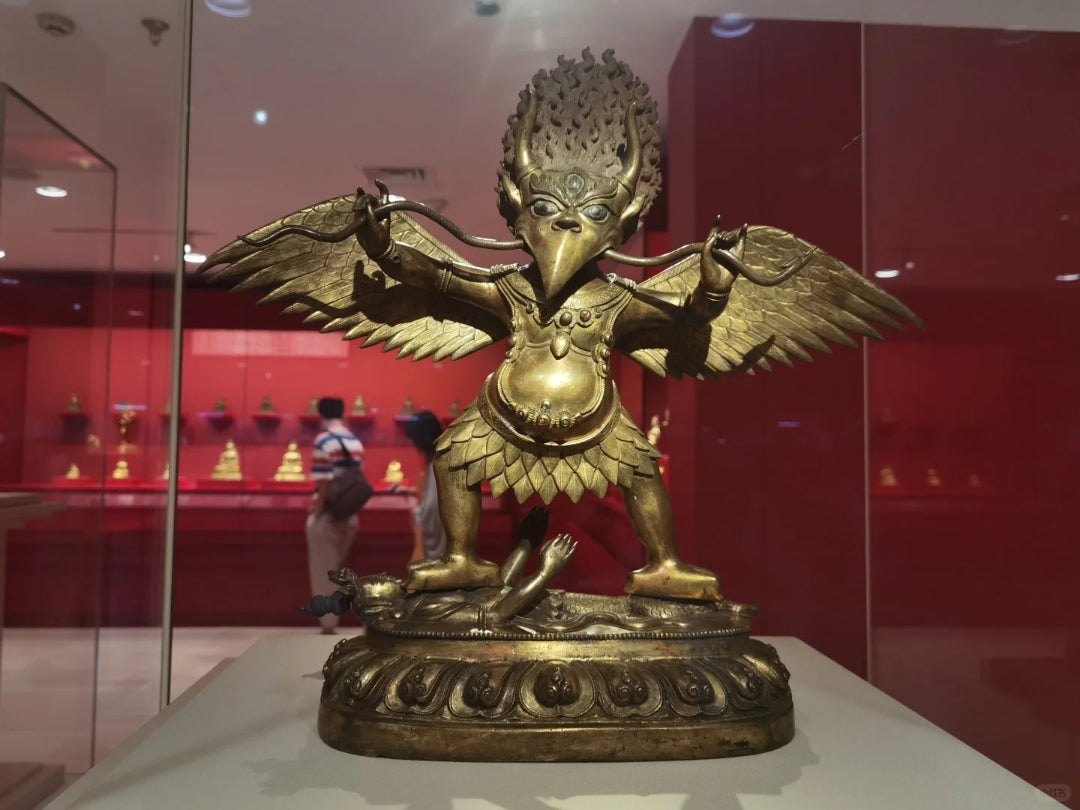
Garuda: The Mythic Symbol of Power and Protection in Tibetan and Indian Traditions
In the sweeping skies of ancient myth, few figures soar higher than the Garuda, known in Tibetan as the Golden-Winged Great Peng. A legendary bird of immense power and divine origin, the Garuda has...
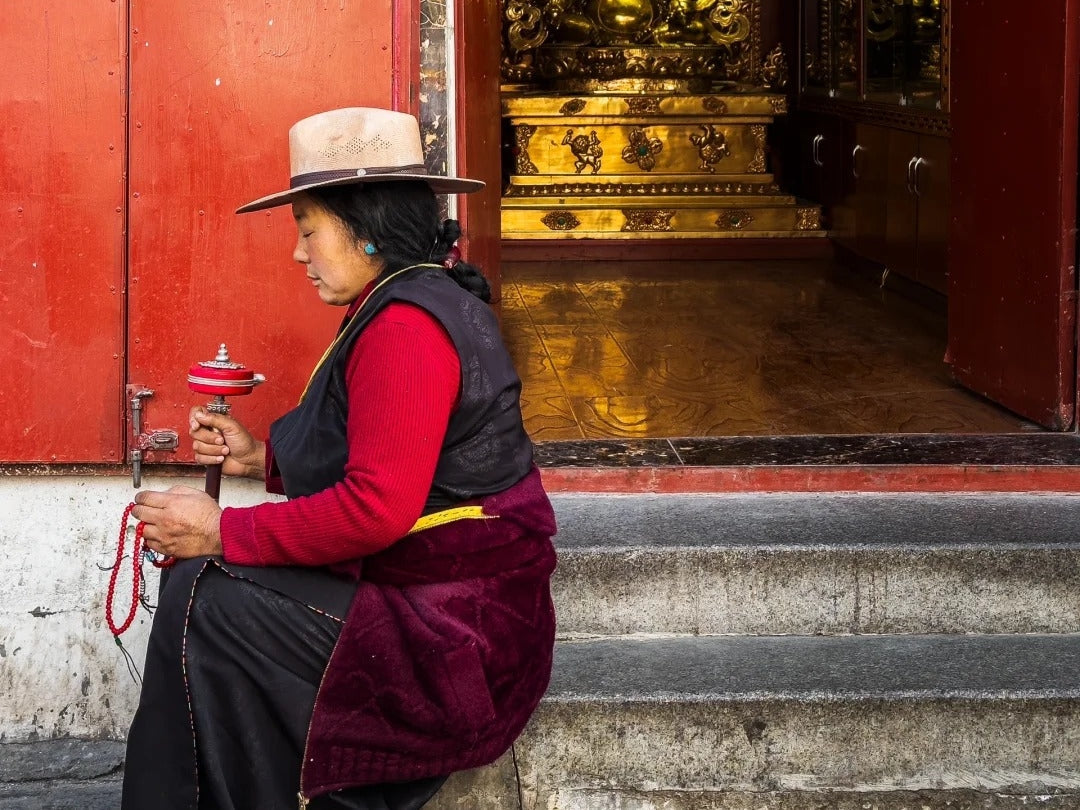
Women of the Workshop: Profiles of Female Artisans in Tibetan Silver Craft
Tibetan silver craft has long been celebrated for its intricate designs, symbolic motifs, and exceptional craftsmanship. Yet behind these stunning pieces are skilled women silversmiths who carry on...
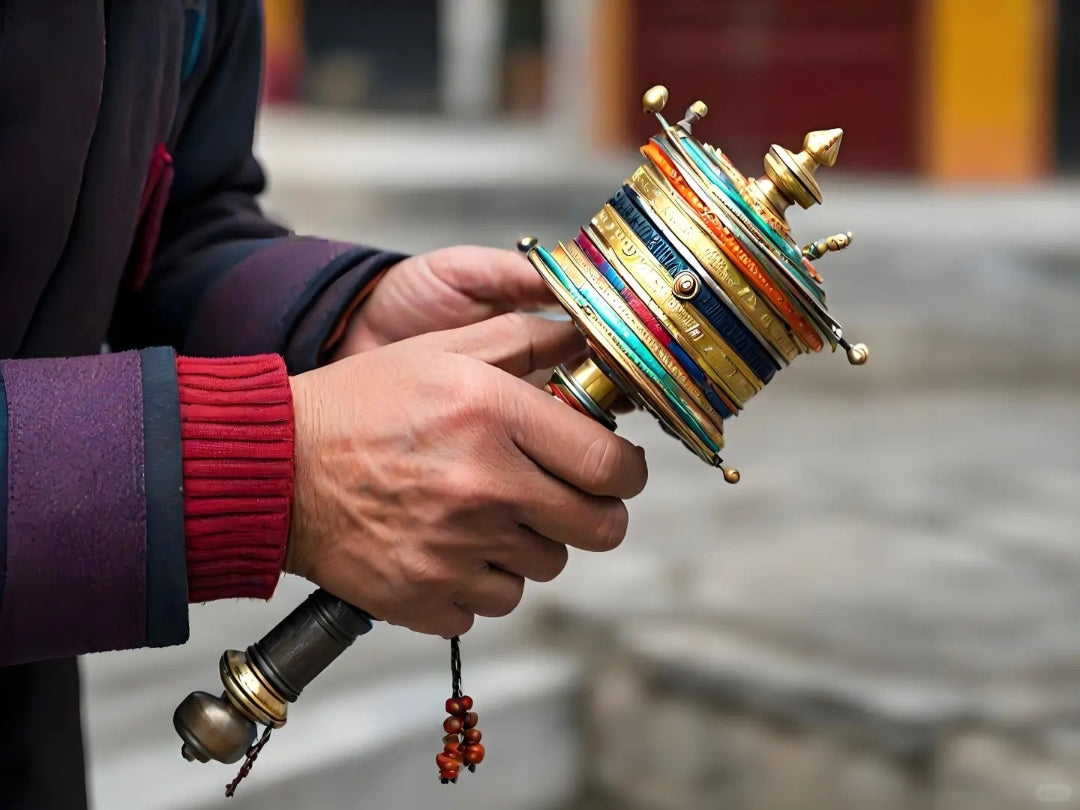
Prayer Wheel Pendants: Carrying Mantras Close to the Heart
For centuries, Tibetan prayer wheels have been a powerful tool for practitioners of Buddhism, turning intention into motion and sound. Today, this age‑old tradition has inspired a new form of spiri...

Color in Thangka Jewelry: The Symbolic Power of Red, Blue, and Gold
In Tibetan Thangka art, color isn’t just decorative—it carries profound symbolic weight. When these vibrant hues are translated into jewelry, each shade becomes a wearable reminder of spiritual qua...

Beyond Beauty: The Meaning Behind Tibetan Prayer Bead (Mala) Necklaces
In the realm of Buddhist practice, the simple string of beads known as a mala transcends mere decoration. More than just a piece of jewelry, the Tibetan mala necklace serves as a tactile guide for ...
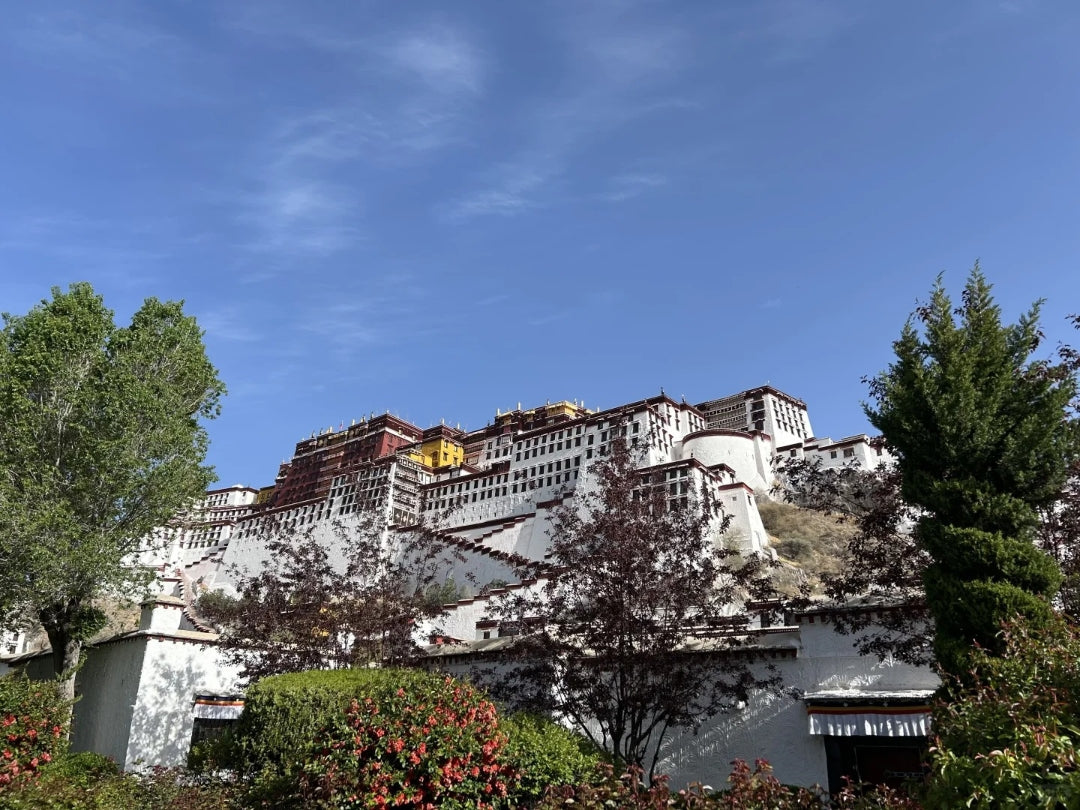
A Journey Through Tibetan Culture: The Role of Art and Jewelry
Tibet’s high plateaus, snow-capped peaks, and winding valleys have fostered a rich cultural tapestry that blends spirituality, craftsmanship, and community life. Central to this heritage are the ar...
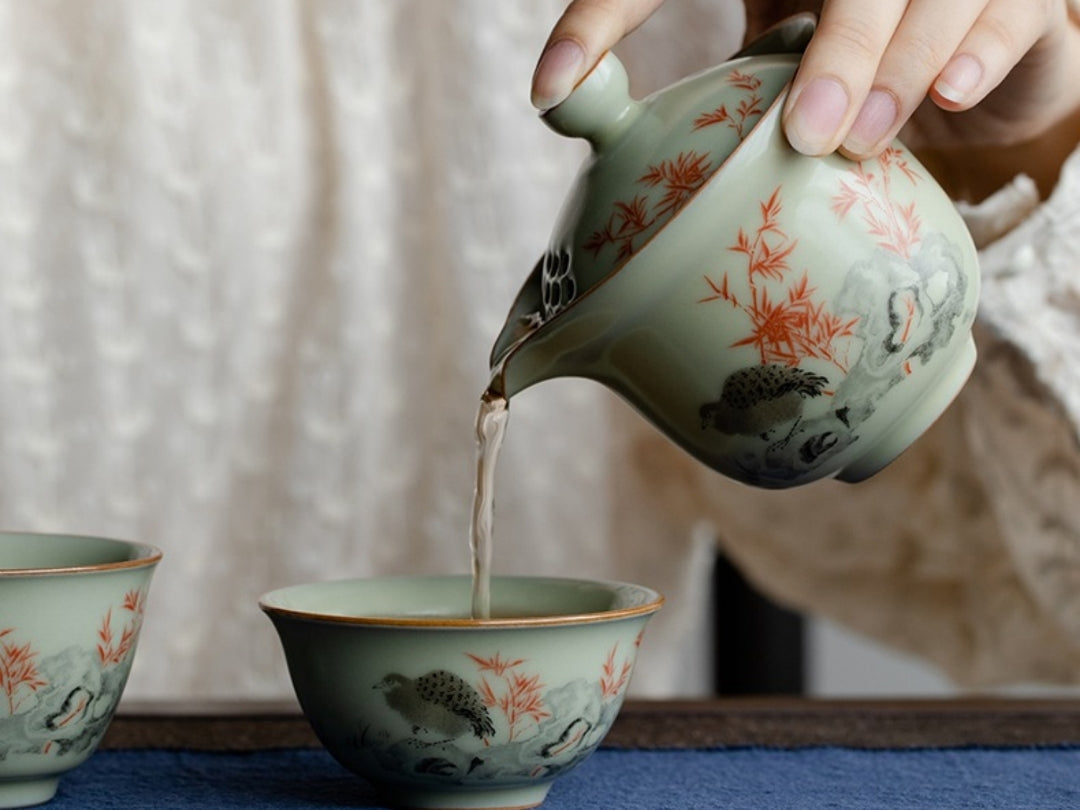
Ceramic Tea Sets: A Reflection of Harmony and Tranquility in Eastern Philosophy
In Eastern cultures, the tea ceremony is far more than a simple ritual of brewing and sipping. It’s an art form, a meditation, and a celebration of balance and mindfulness. From the serene gardens ...

Handcrafted Sterling Silver: A Timeless Craft in Eastern Culture
Sterling silver jewelry has been treasured across Eastern cultures for centuries—not only as a beautiful adornment but also as a symbol of craftsmanship, tradition, and spiritual meaning. At QiLing...
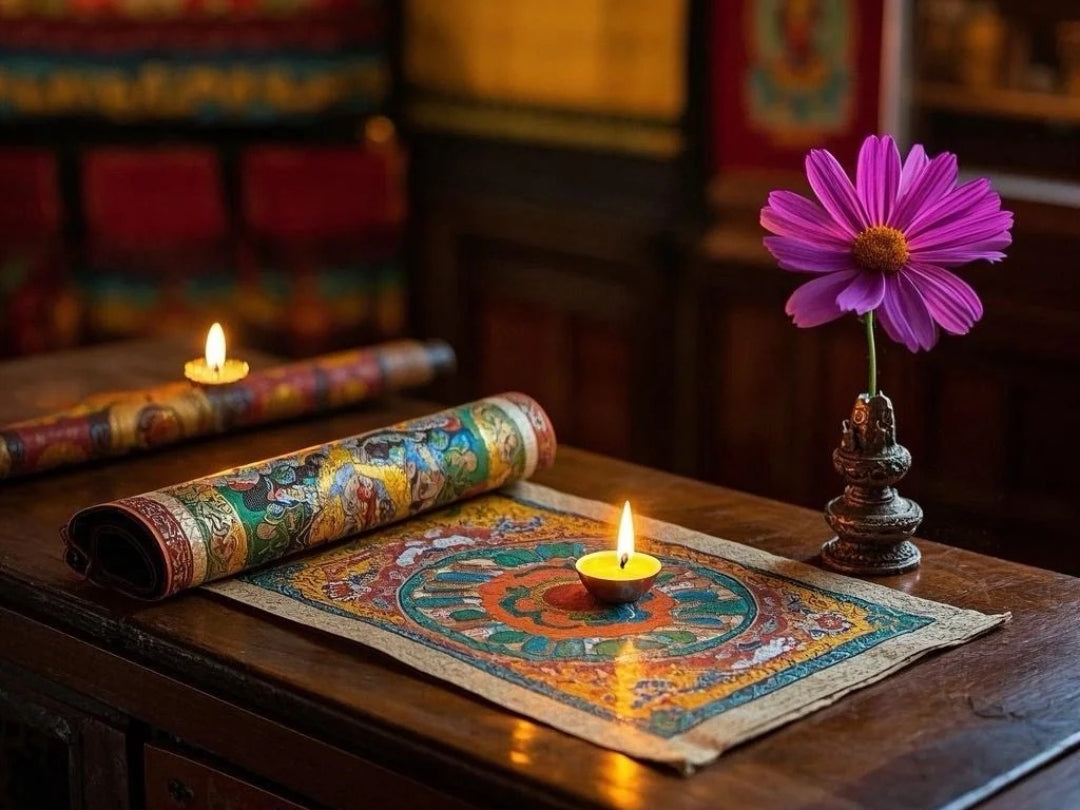
The Spiritual Significance of Tibetan Thangka Art in Jewelry
Tibetan Thangka art is more than a visual masterpiece—it's a sacred expression of spiritual philosophy, meditation, and devotion. For centuries, these intricate scroll paintings have been used as t...
